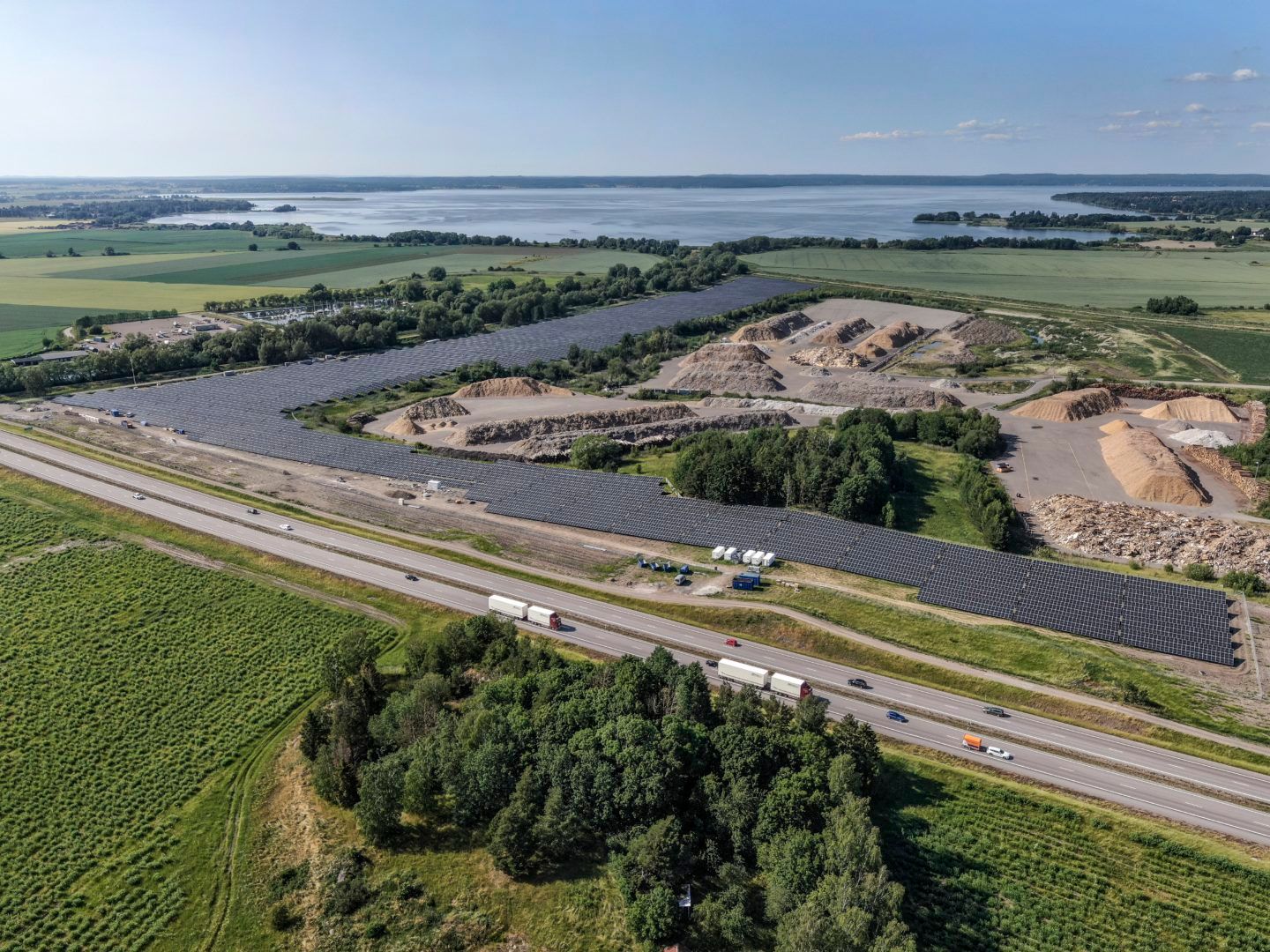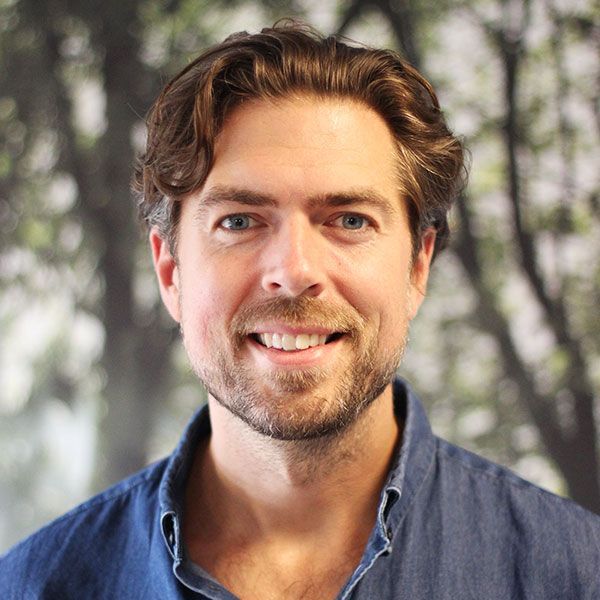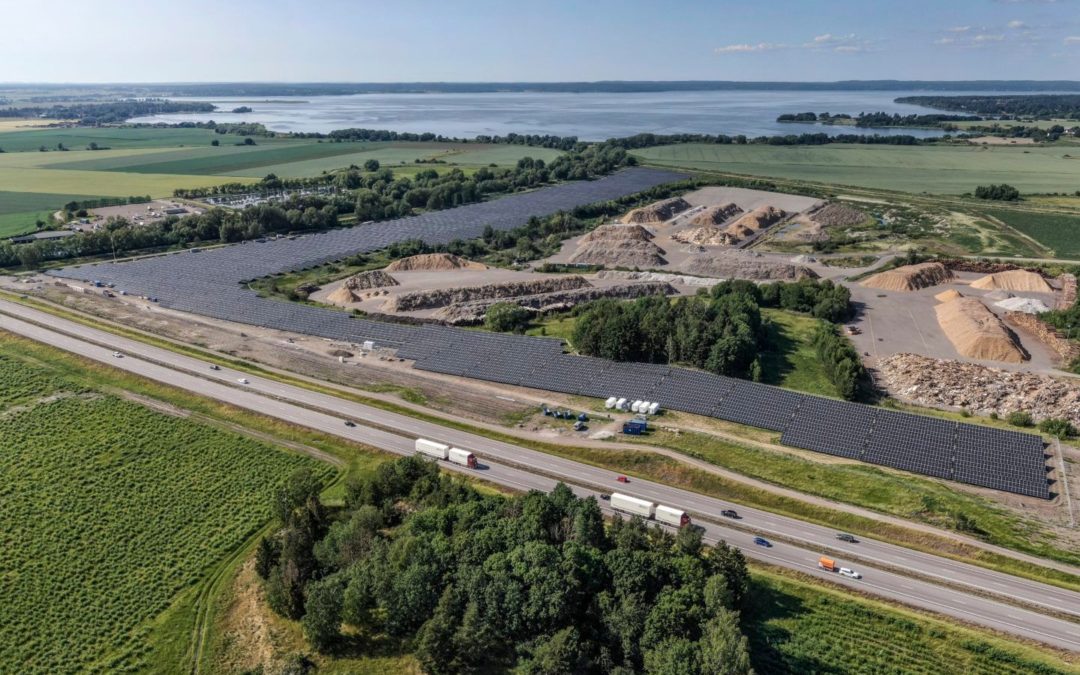
Harald Överholm became interested in the possibilities of solar energy already during his studies at KTH in the early 00’s. He then had the opportunity to study further at Cambridge, where he presented his doctoral dissertation on PPA, Power Purchase Agreements.
Today, he runs the Stockholm company Alight, which takes the academic PPA analyzes into concrete business. In short, it is about providing large corporate customers with cost-effective solar energy for long contract periods, for example 10 or 20 years. Alight builds and owns the solar parks together with investors and pension funds, and the customer in turn receives a sustainable electricity supply.
In July, a solar park was launched outside Linköping on behalf of Swedbank . According to Överholm, it is the country’s largest to date. The park will produce 11.5 MW for Swedbank each year, which is 30 percent of the bank’s Swedish electricity consumption.

Last week I met Harald Överholm at the Alight office in Stockholm to try to understand where we are headed when it comes to the development of solar energy. Is it the effect or the price that prevents the spread? Is more capital needed? More research on energy storage?
No, everything is already in place, says Harald, and refers to a number of converging technology trends. What is missing is smart, AI-based software that can automate frequency balancing, electricity peaks and market transactions. Alight is now developing this.
In fact, solar has recently reached the lowest cost of any kind of energy. The yardstick is called LCOE, Levelized cost of energy , and shows how much effect you get per invested krona over the entire life of the energy investment.
In other words: when solar energy becomes cheap, available, efficient, smart, storable and reliable – well then it can go fast.





